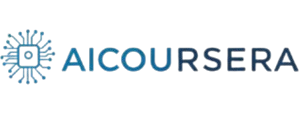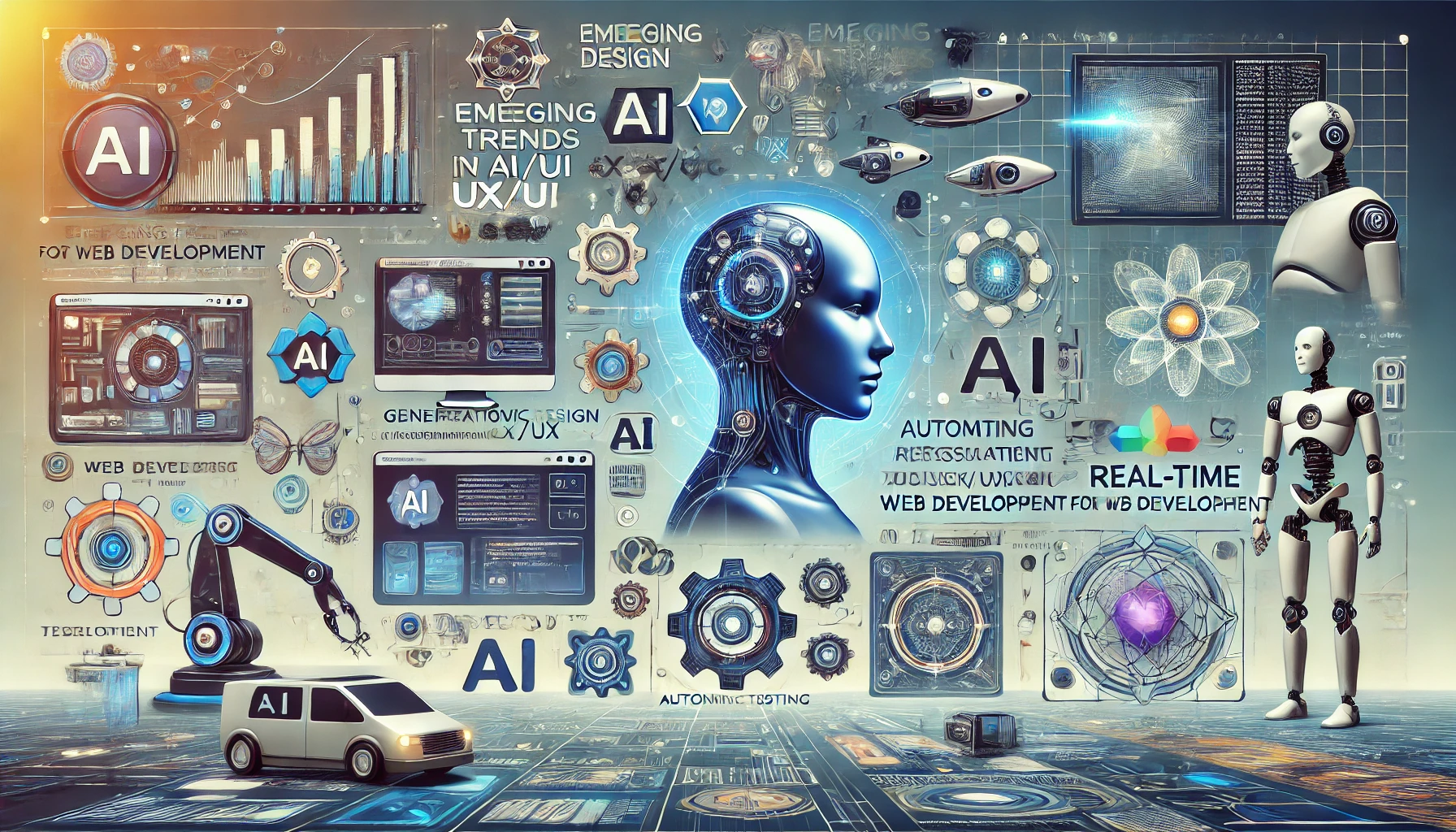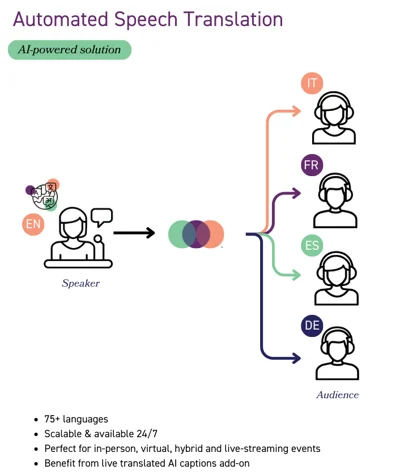
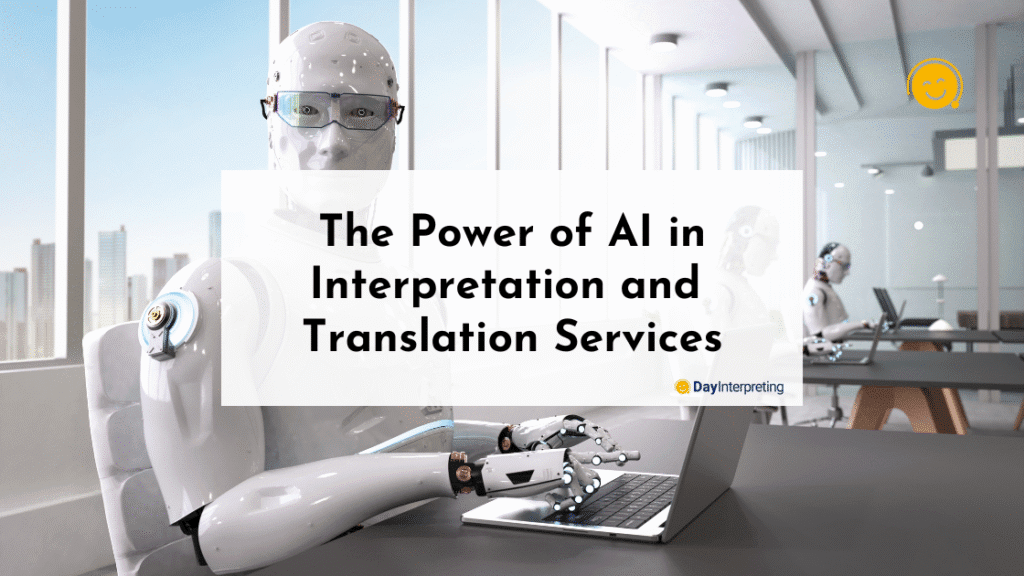

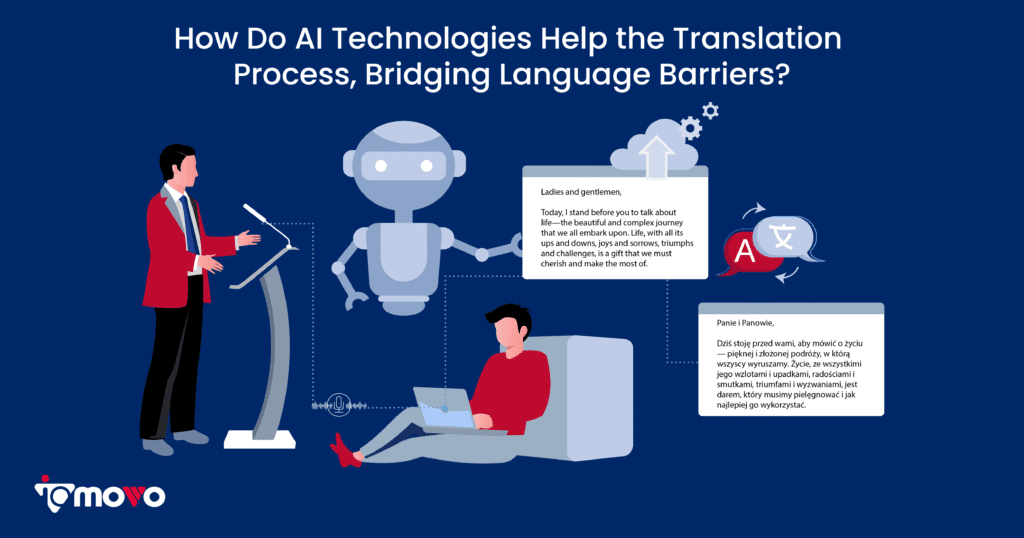
In the 21st century, Artificial Intelligence (AI) has emerged as a transformative force reshaping industries, societies, and everyday life. One of the most deeply impacted areas is employment. While AI holds the promise of enhanced productivity and efficiency, it also brings significant disruption—especially to jobs that rely heavily on routine, predictable tasks. A recent study has highlighted the top 40 occupations most susceptible to AI integration, based on key metrics such as coverage, completion, scope, and overall AI applicability score. This list offers a sobering glimpse into the future of work and underlines the urgent need for re-skilling and adaptation.
At the very top of this list are professions like Interpreters and Translators, with a startling AI coverage score of 0.98 and an overall AI applicability score of 0.49. This means that nearly the entire range of their job functions can be performed by AI systems, such as automated translation tools, with a high degree of completion and accuracy. Despite the human nuance involved in language and culture, AI has become proficient in delivering real-time translations, making human translators less essential in many standard contexts.
Similarly, Historians and Passenger Attendants are facing mounting pressure from AI technologies. While this might seem unexpected, the explanation lies in how AI can automate data compilation, pattern recognition, and even behavioral management in service roles. For instance, AI-powered systems can now handle customer service queries, analyze historical data trends, and even simulate emotional responses in customer interactions—functions that were once uniquely human.
Writers and Authors, long considered safe from automation due to their creative nature, are also on this list. With a score of 0.45, their vulnerability to AI may seem moderate but significant. AI writing tools can now generate articles, reports, scripts, and even poetry using vast training data. Though the emotional depth and human storytelling still give humans an edge, many commercial writing roles, especially in advertising, basic journalism, and content marketing, are being delegated to AI systems.
Customer-focused roles are among the most at-risk. Customer Service Representatives have an employment number exceeding 2.8 million in the US alone, and a high completion score of 0.90, with AI already deeply embedded in customer support operations. Automated chatbots and voice assistants are becoming the first point of contact for customers, drastically reducing the need for large support teams.
One of the most striking features of this data is not just which jobs are being automated, but also how widespread the impact will be. Sales Representatives, Telephone Operators, Ticket Agents, and even Broadcast Announcers are all being gradually replaced or assisted by AI systems that can perform their duties with increasing efficiency. These jobs, once considered stable, now face the reality of becoming obsolete or significantly transformed in the near future.
The data doesn’t simply suggest a threat—it paints a complex picture. The “score” mentioned in the table represents an overall estimate of how applicable AI is to that particular role. It factors in how well AI can take over the role’s core tasks and how completely it can perform them. A score of 0.49, for example, implies that nearly half of a job’s functions could realistically be automated or enhanced by AI systems. It is essential to understand that such scores are not merely theoretical; they are already being reflected in hiring trends, job descriptions, and organizational structures worldwide.
As we move deeper into the AI era, the core challenge lies not in resisting automation, but in proactively adapting to it. The professions most vulnerable today need not disappear entirely, but they must evolve. Human workers will need to shift from task-oriented roles to strategy, empathy, and innovation-focused responsibilities—areas where AI still lags behind human intuition and emotional intelligence.
Learn More About : New AI Tools.
The Scope of AI Disruption: Deep Dive into Job Roles
Looking beyond the top of the list, we find a significant concentration of roles in customer interaction and service-based professions, which are increasingly being absorbed by AI systems. Among these, Customer Service Representatives stand out as one of the most heavily affected groups. With over 2.85 million employees in this field in the United States alone, this is not just a minor shift—it’s a large-scale transformation of a foundational job sector.
AI coverage for this role is relatively high at 0.72, and with a completion score of 0.90, it implies that the vast majority of tasks—answering queries, resolving complaints, and providing basic assistance—can be managed effectively by AI. Companies are already implementing AI chatbots and voice systems that handle thousands of customer interactions daily, drastically reducing dependency on human agents. While human support may still be needed for complex or emotional cases, the frontline is increasingly AI-driven.
Another highly impacted group includes Sales Representatives of Services, with over 1.14 million employed. AI systems can analyze customer data, predict purchasing behavior, and even simulate personalized pitches—functions that were once handled by skilled salespeople. With a score of 0.46 and AI completion rate of 0.90, this sector faces a major shift in how sales strategies are executed. The human role here is evolving more toward relationship-building and closing deals, while lead generation and analysis are being automated.
Interestingly, jobs such as Telephone Operators, Ticket Agents, and Travel Clerks—professions once essential for communication and logistics—are fading quickly in the AI era. Their AI applicability scores range from 0.41 to 0.43, and their core tasks are highly replicable by digital systems. With telephone operators numbering only 4,600 in current employment, this role is already near extinction. Automated routing systems and IVRs have replaced the need for human intermediaries.
Even professions with relatively modest employment numbers are not spared. Proofreaders and Copy Markers have a small workforce of 5,490, but with an AI coverage score of 0.91, their tasks are now being handled by grammar and style-checking tools like Grammarly and AI-powered writing assistants. These tools are not just correcting grammar; they’re now improving tone, rephrasing for clarity, and even suggesting structural improvements—formerly the domain of human editors.
On the creative side, Technical Writers and Editors are seeing a nuanced transformation. Although their AI applicability scores are lower (around 0.37–0.38), the presence of AI writing models is still notable. Tools like ChatGPT and Jasper can generate highly structured technical content in moments. Yet, the creative decision-making, adaptation to audience, and domain-specific accuracy still rely on human professionals, at least for now.
Meanwhile, Hosts and Hostesses, despite having a lower AI applicability score (0.35), have a high employment base of 425,020. This reflects a broader reality—many hospitality jobs include human-centered service, emotional interaction, and real-time judgment that AI cannot fully replicate. However, AI is already enhancing this space with robotic concierges, booking systems, and guest management software that reduce the need for human intervention in routine operations.
Perhaps the most interesting pattern in the data is not just the vulnerability of each job role, but the combination of coverage and employment volume. Roles with both high coverage and high employment—like Customer Service Representatives or Sales Reps—represent the biggest social and economic risks. They are jobs that millions rely on, and the rapid adoption of AI in these areas could lead to mass displacement unless proactive reskilling programs are initiated.
This data is not just a warning—it is a roadmap. The patterns emerging from these occupations reflect where AI is most capable, and where human roles are being redefined. As AI continues to evolve, jobs that rely on predictable routines, structured communication, or data handling are more likely to be automated. However, this also opens up opportunities for humans to focus on skills that AI still cannot replicate—creativity, strategy, leadership, and empathy.
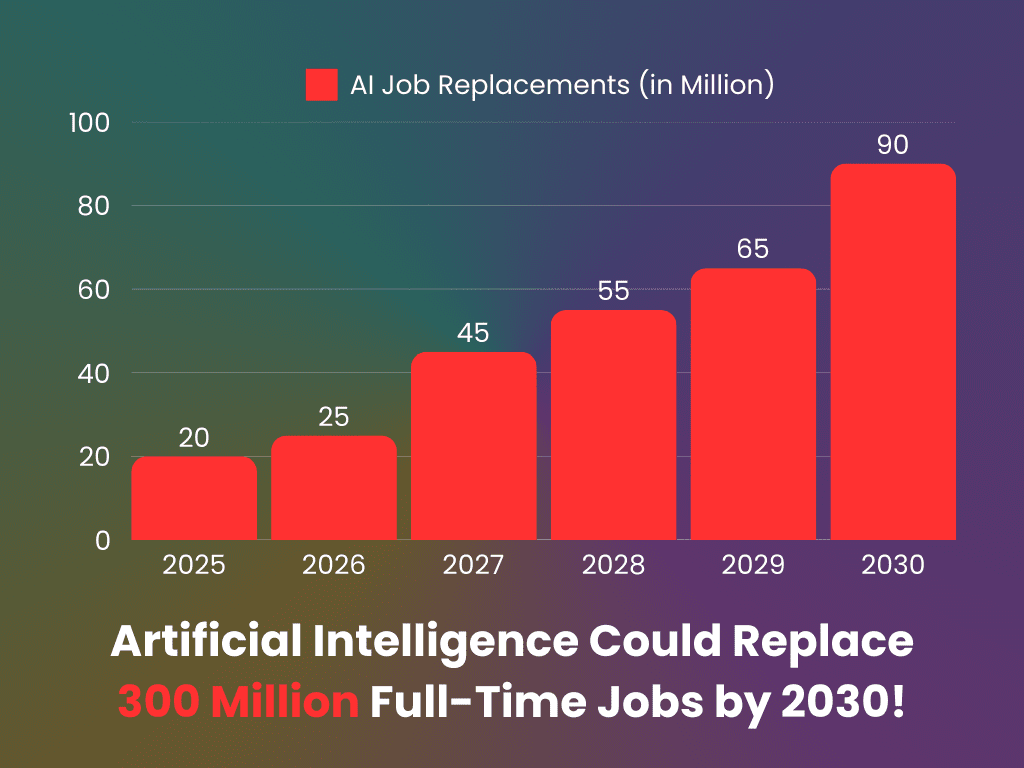
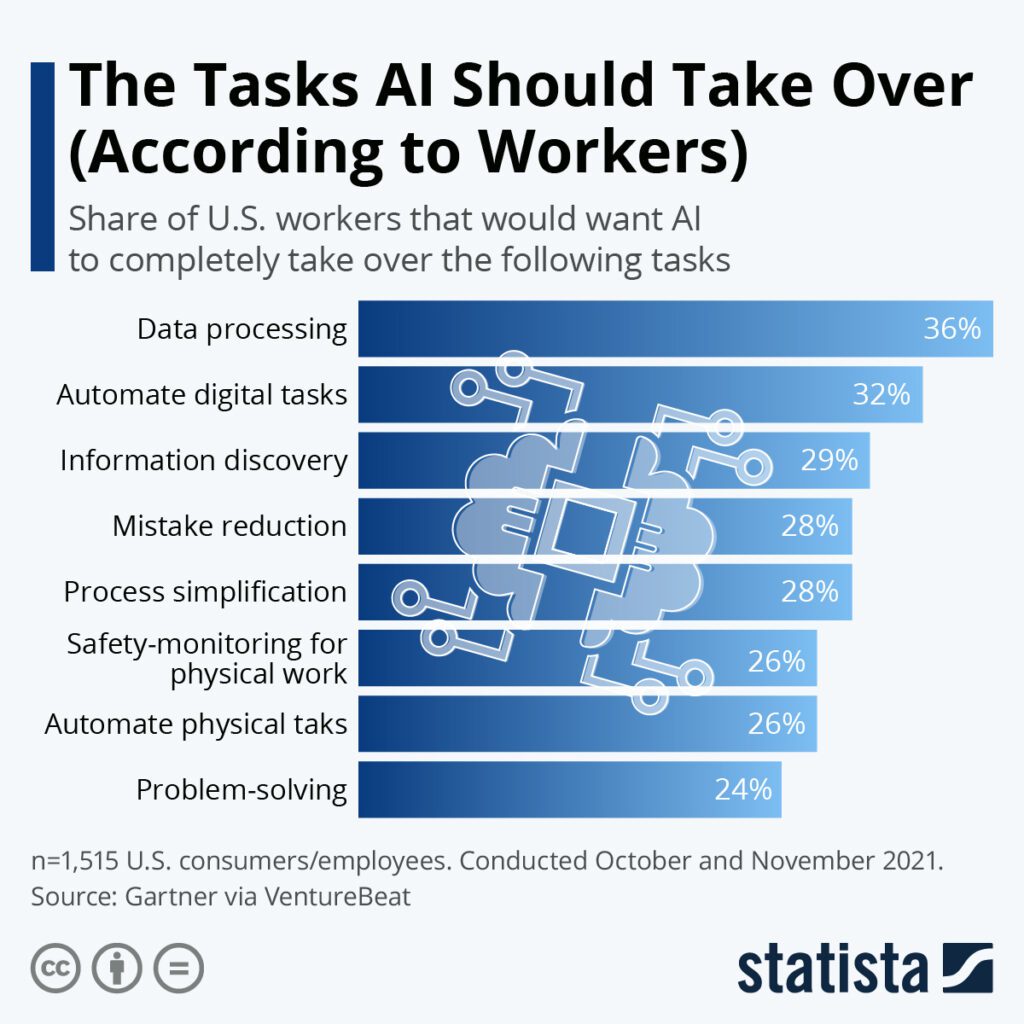
Artificial Intelligence is having the most noticeable effect on jobs related to language, communication, and customer interaction. Tasks that were once thought to require uniquely human skills—such as translation, writing, or handling customer queries—are now being performed with impressive accuracy and speed by AI tools.
Let’s begin with Interpreters and Translators. With an AI coverage score of 0.98, nearly every task in this profession can now be handled by AI. Real-time translation tools, automated subtitles, and speech recognition systems have reduced the need for human translators in many routine scenarios. This role is one of the clearest examples of AI replacing human labor completely.
Similarly, professions like Historians, Writers, and Authors are also under pressure. Their average AI applicability score sits around 0.45, which may appear moderate, but the rapid development of AI writing tools is shifting the landscape. Today, AI can write articles, generate blogs, and even craft poetry or fiction. Creative fields are no longer safe from automation.
One of the largest sectors at risk is Customer Service. This field employs over 2.8 million people in the United States alone. With an AI completion score of 0.90, it shows that a major portion of customer service work can be managed by chatbots, virtual assistants, and automated ticketing systems. Human agents are now mostly involved only in complex or emotional cases.
Sales Representatives are facing a similar shift. With a score of 0.46 and over one million workers in the field, AI is now handling lead generation, customer behavior analysis, and personalized pitching. Human salespeople are still important for relationship-building and closing deals, but much of the process is being streamlined by AI.
Proofreaders and Copy Markers, although fewer in number (around 5,490 people), are among the most automatable roles. Their AI coverage score is 0.91. AI-powered grammar and writing tools can now correct spelling, fix grammar, improve readability, and even offer style suggestions. This has greatly reduced the demand for manual proofreading.
Roles such as Ticket Agents, Telephone Operators, and Travel Clerks are steadily disappearing. These jobs involve repetitive, rule-based tasks—ideal for automation. Their AI applicability scores range between 0.41 and 0.43, confirming that machines can now perform their core responsibilities efficiently.
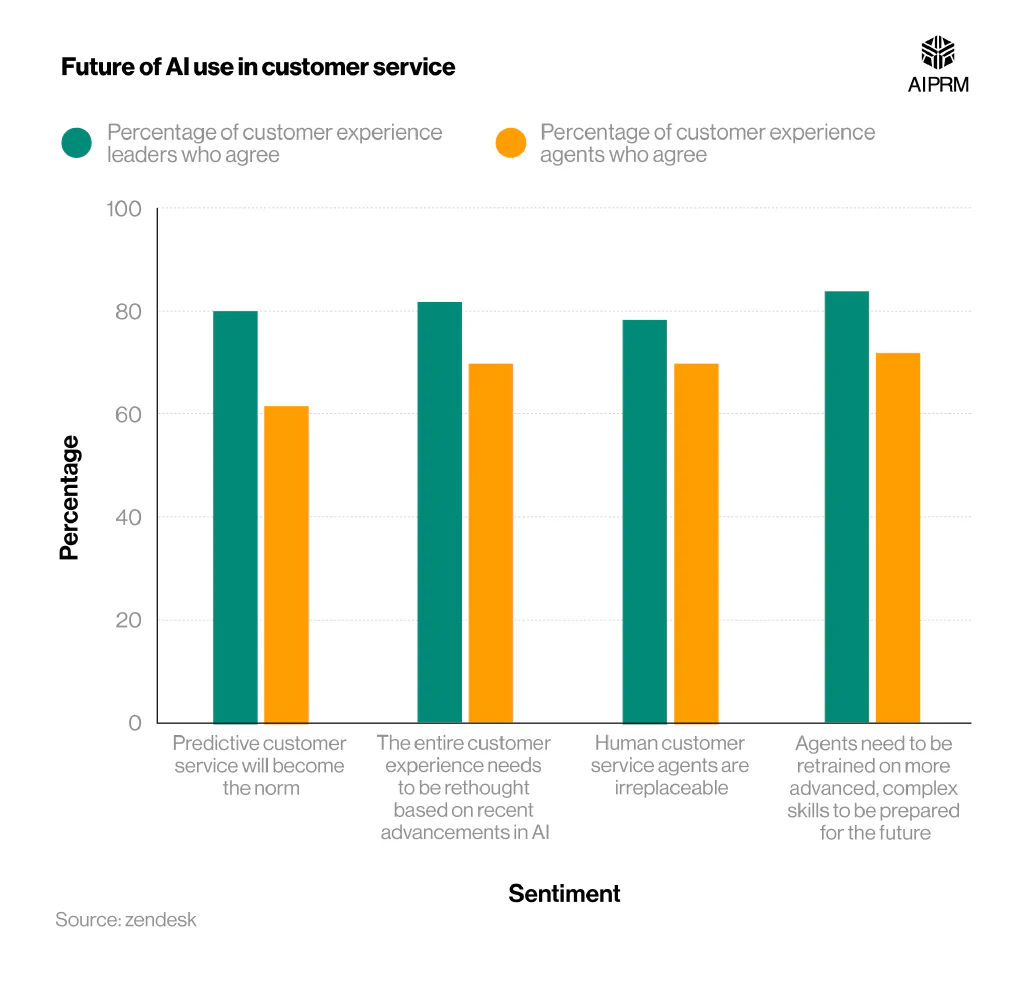
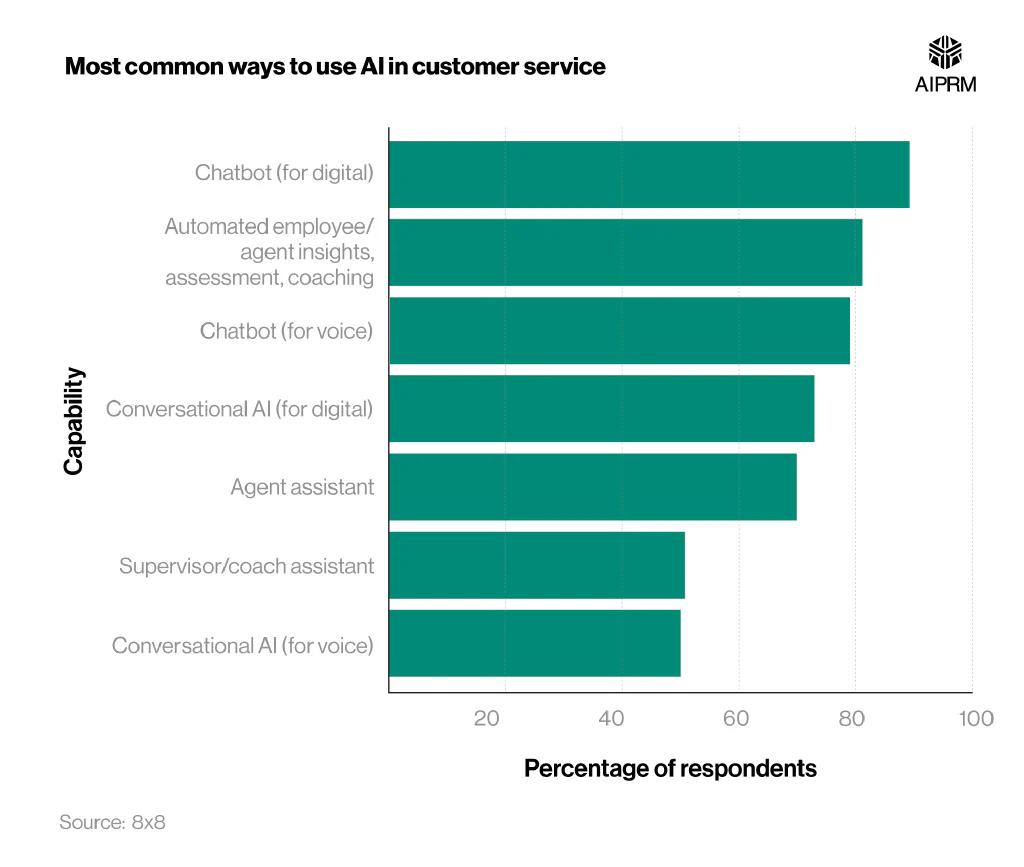
Key Takeaways:
-
- Interpreters and Translators: AI coverage 0.98. Almost fully automatable.
-
- Writers and Historians: Creative tasks are now being performed by advanced AI models.
-
- Customer Service: High employment and high automation potential make it one of the most affected sectors.
-
- Sales Reps: AI handles data and outreach; humans now focus on strategy and trust-building.
-
- Proofreaders: AI grammar tools can now replace most manual editing work.
-
- Low-skill roles (e.g., Ticket Agents, Operators): Repetitive jobs are being phased out through AI automation.
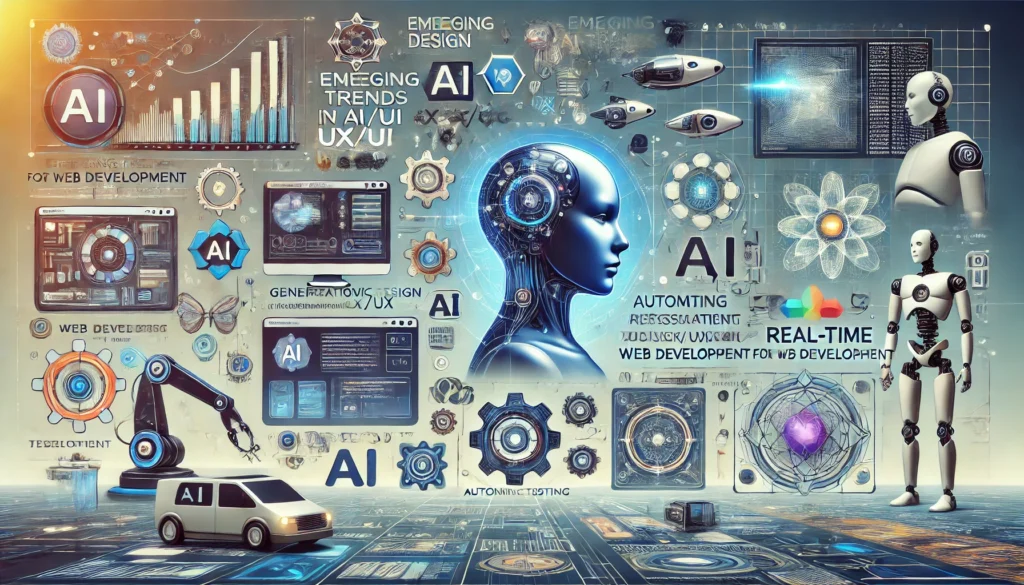
Analytical & Technical Jobs — How AI Transforms Data Scientists, Mathematicians, and Web Developers
Artificial Intelligence is reshaping analytical professions—not by replacing them entirely, but by transforming how professionals work. This shift affects Data Scientists, Mathematicians, and Web Developers in distinct ways.
Know More About : Developer Workflows
Data Scientists
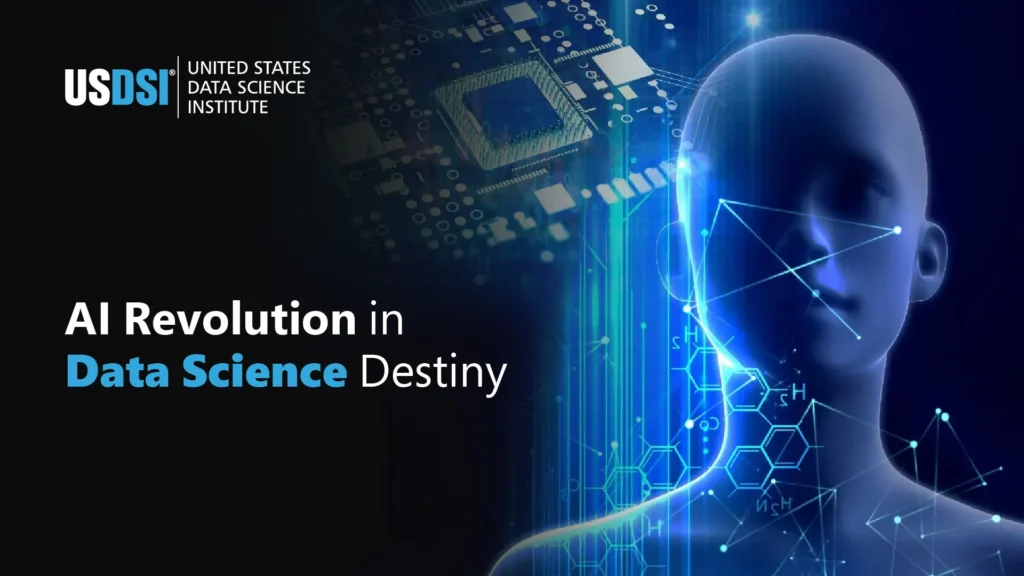
-
- AI tools like AutoML can now automate tasks such as data cleaning, feature engineering, and basic model building. Yet data scientists remain in high demand, as they guide AI’s strategic use and verify its outputs.
-
- According to labor research, data science roles are among the fastest‑growing fields. Around 20,800 new openings emerge annually, driven by demand for AI and analytics skills Windows
-
- Despite automation, the U.S. Bureau of Labor predicts over 11.5 million openings by 2026 for data science roles that AI will complement, not replace
-
- Interviews with professionals reveal optimism: AI is seen as a collaborative partner, not a threat—helping humans focus on strategic decisions while handling routine tasks .
Know More About : AI News
Mathematicians
-
- With an AI applicability score around 0.39, mathematicians are moderately exposed to automation—but AI tools excel at core numerical analysis and model formulation hai.stanford.edu+4RD World Online+4siliconreckoner.substack.com+4.
-
- AI helps mathematicians prototype formulas, spot patterns, and run simulations faster. But human insight, creativity, and intuition remain vital in complex theoretical work GeeksforGeeks.
Web Developers & Software Engineers
-
- Generative coding tools like GitHub Copilot can generate code snippets, speed up debugging, and automate testing. Controlled trials show completion of tasks around 21–55% faster using these tools.
-
- Yet real‑world findings reveal a paradox: experienced developers sometimes work more slowly with AI, spending time verifying and cleaning up AI‑generated code. In a recent study, developers took 19% longer on tasks when using such tools.
-
- Experts warn that software development remains too complex for full automation—humans still oversee critical design, architectural decisions, and system reliability.
Summary Comparison
| Role | AI Exposure | Human Value Remains in Areas |
|---|---|---|
| Data Scientists | Moderate to high | Strategy, insight, model interpretation |
| Mathematicians | Moderate (~0.39) | Theoretical creativity, deep reasoning |
| Software/Web Developers | Moderate | Complex architecture, debugging, context and oversight |

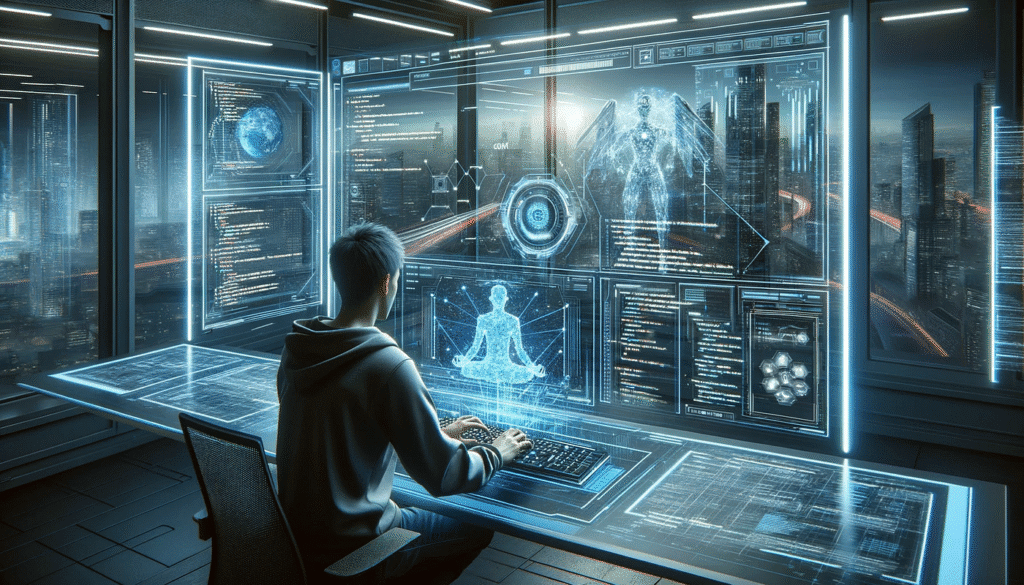
Data Scientists are not being replaced but repositioned. The repetitive tasks they once handled manually are now automated—but their analytical judgment, domain knowledge, and data storytelling remain essential.
Mathematicians benefit from AI assistance in computation and model exploration, but human creativity and theory-building continue to drive breakthroughs.
Web Developers and Engineers find their roles evolving: coding may be faster, but design, oversight, and complex problem-solving stay firmly human.
Related Courses
- Kruti AI: India’s Step Into the Future of Agentic Intelligence
Kruti AI: India’s Step Into the Future of Agentic Intelligence Artificial Intelligence is no longer…
- Introducing Skild Brain — A Universal AI for Robots
A collage of Skild AI's robots shows them in action, sorting dishes and climbing stairs,…
